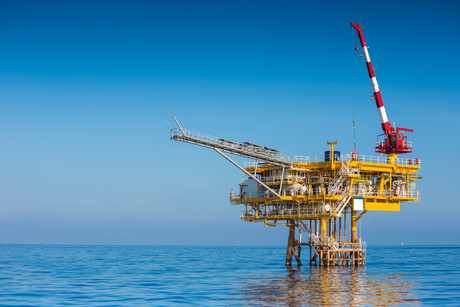Australia and India lead Asian LNG growth: report

According to GlobalData’s report ‘LNG Industry Outlook in Asia and Oceania to 2022’, Australia and India will be the significant contributors to capacity growth in Asia and Oceania’s LNG industry for the outlook period 2018 to 2022.
Australia is set to have the highest liquefaction capacity additions while India will have highest regasification capacity additions among all the countries in Asia and Oceania, said the data and analytics company.
The report forecasts total liquefaction capacity in Asia and Oceania to grow by 11% from 166.4 mtpa in 2018 to 184.7 mtpa by 2022. Similarly, the total regasification capacity is expected to grow by 43%. Eight LNG liquefaction terminals and 67 regasification terminals are expected to commence operations in the regions by 2022.
Australia will lead Asia and Oceania both in terms of liquefaction capacity additions and capex: 11.5 mtpa of liquefaction capacity will be added, increasing from 87.8 mtpa in 2018 to 99.3 mtpa by 2022, spending $43.7bn or 65% of the region’s total capex on new-build liquefaction terminals.
GlobalData identifies Indonesia as the second-highest country in Asia and Oceania, in terms of total liquefaction capacity additions for the outlook period. The country’s liquefaction capacity will reach 37.9 mtpa by 2022, with planned capacity additions of 3.8 mtpa during the period.
Meanwhile, India is driving the growth in global LNG regasification capacity due to its rapidly growing economy and thriving middle-class population. The need to control growing pollution by replacing coal with natural gas for power generation is also driving natural gas demand. Bangladesh will be the next highest country globally and is expected to spend roughly $3.7bn on the development of new regasification terminals.
In terms of largest liquefaction terminal by capacity in the outlook period, Ichthys in Australia is the top planned LNG liquefaction terminal in Asia and Oceania with a capacity of 8.9 mtpa. The terminal is expected to start operations by 2018 with capex of $37bn.
Despite all this, Qatar will maintain LNG dominance. In 2017, Qatar produced 18.1 billion cubic feet of natural gas per day (bcfd). Almost all natural gas comes from various developments on the North Field, which is considered the largest non-associated gas structure in the world. The field has a combined processing and export capacity of 77.4 million tons per annum (mtpa) of liquefied natural gas (LNG), GlobalData explained.
The Qatargas and Rasgas projects are the largest contributors to production on the field and are joint ventures between Qatargas and various major international oil and gas companies, such as ExxonMobil and Total. With no new natural gas focused upstream developments planned to come online over the next couple of years, gas production is expected to remain steady out to 2020.
Australian industry contracts in F-35 program worth over $5 billion
The Department of Defence has announced that Australian industry has reached a milestone of more...
Mitsubishi and Rio Tinto to participate in hydrogen-based ironmaking
Mitsubishi, Rio Tinto, Primetals (UK) and voestalpine (Austria) are collaborating on a...
Greensteel Australia to build next-generation steel mill
Greensteel Australia has announced it has placed an order to purchase equipment for its...








